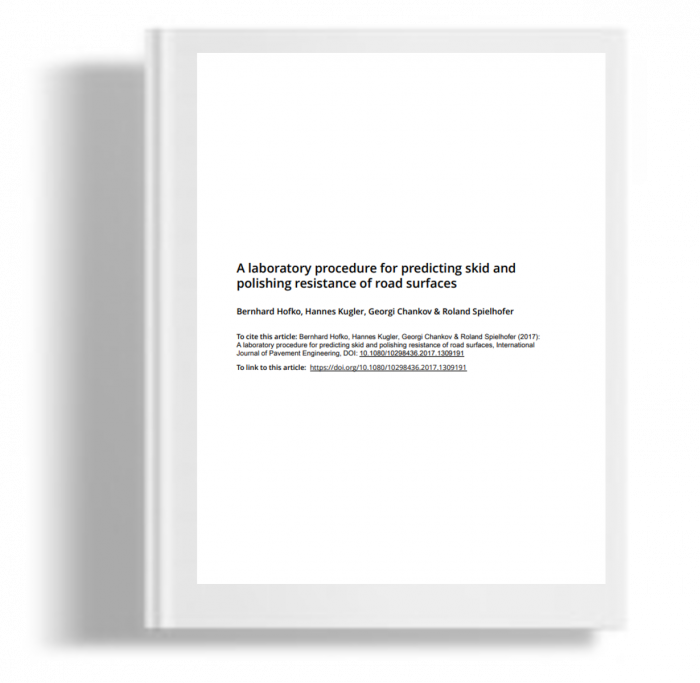Kami menggunakan cookies untuk membuat pengalaman Anda lebih baik. Untuk mematuhi petunjuk e-Pribadi yang baru, kami perlu meminta persetujuan Anda untuk menyetel cookies. Pelajari lebih lanjut .
A laboratory procedure for predicting skid and polishing resistance of road surfaces
Skid resistance of road surfaces is an important safety parameter. Decreasing skid resistance correlates with increasing number of accidents. The presented study aims for a correlation between lab-based polishing simulation and skid resistance measurement and evolution of the skid resistance under traffic in the field. A prediction model for skid and polishing resistance based on the Wehner/Schulze device was developed.
Skid resistance of road surfaces is an important safety parameter. Decreasing skid resistance correlates with increasing number of accidents. The presented study aims for a correlation between lab-based polishing simulation and skid resistance measurement and evolution of the skid resistance under traffic in the field. A prediction model for skid and polishing resistance based on the Wehner/Schulze device was developed. The lab procedure as a basis for the model works on the hypothesis that a maximum level of skid resistance exists that can be regenerated even from a highly polished state by sandblasting of the surface. This hypothesis was verified for an asphalt and concrete surface material. The prediction model was set up by correlating field data on skid resistance and traffic volume from 14 test sections to cores taken from these test sections and tested in the lab. A linear regression links the cumulated traffic volume in the field with the number of polishing passes in the Wehner/Schulze device. Thus, it is possible to simulate millions of wheel passes within a couple of hours in the lab to generate equal skid resistance level and predict the skid resistance level of a road surface after years under traffic.

